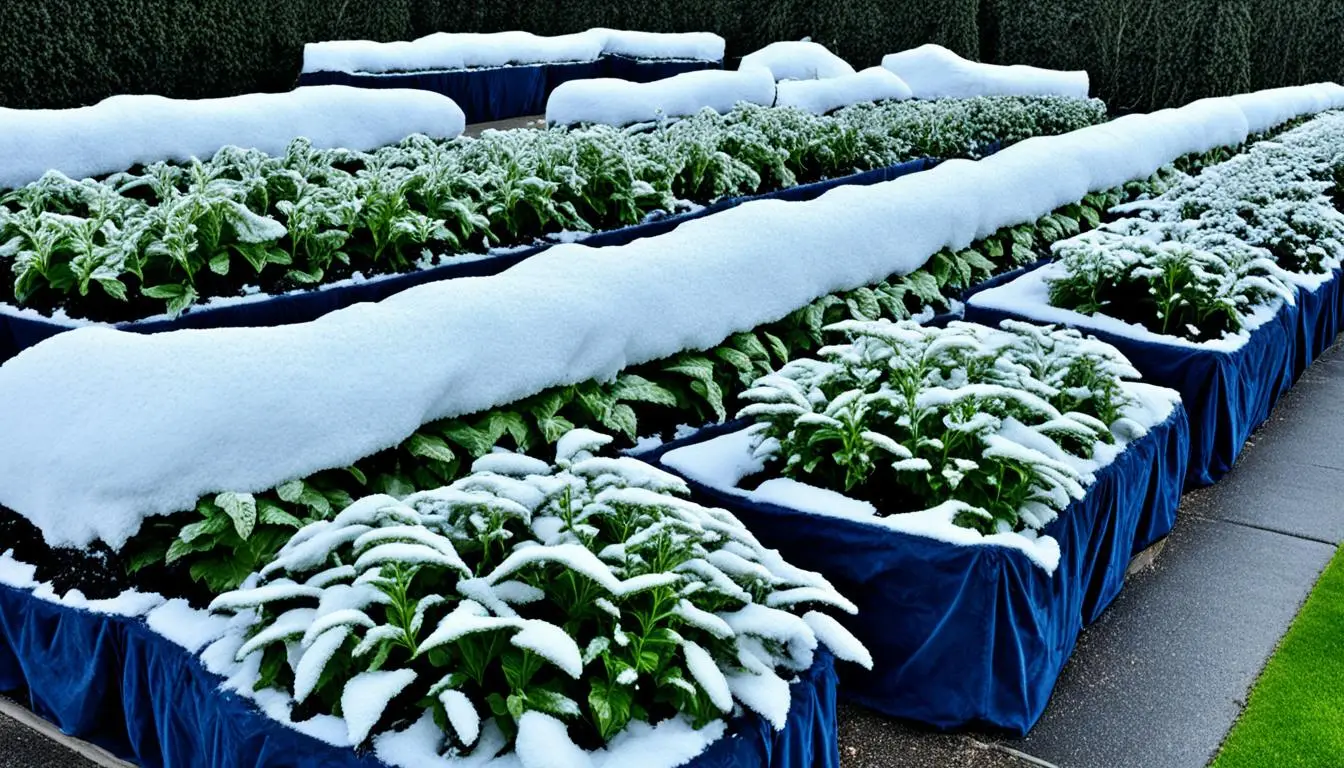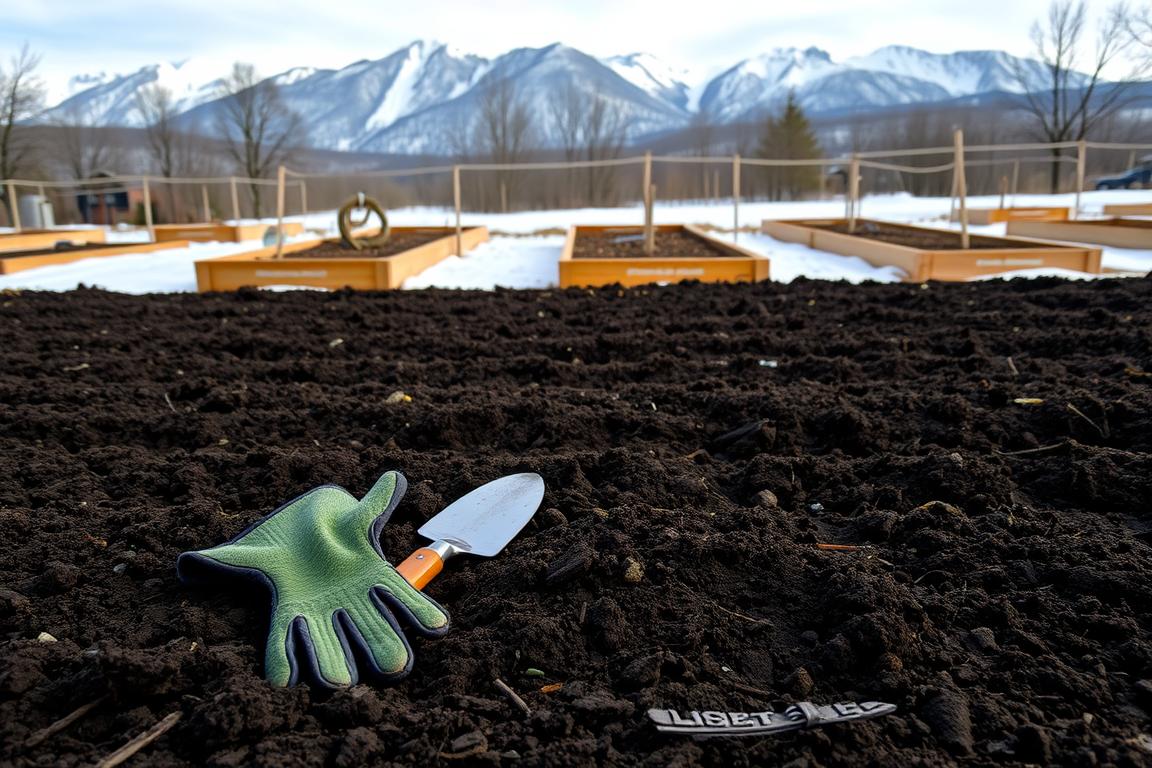Last month, an arctic blast hit Florida hard. Temperatures dropped to the low 20s for three nights straight. The lowest temperature reached was about 18 degrees. Many outdoor plants were not ready for this extreme cold. Homeowners had to act fast to keep their plants safe. They did several things like bringing potted plants inside, adding mulch, and using frost blankets and Christmas lights. Despite their best efforts, some plants suffered while others did okay. But one method proved 100% successful, bringing plants inside.Homeowners found out that the type of plant and where it was planted made a big difference. This determined how well they survived the cold.
Key Takeaways
- Understand the difference between frost and freeze events to determine the appropriate protection measures.
- Prioritize protecting vulnerable plants like vegetables, annuals, and tropical plants from early fall and late spring freezes.
- Utilize a variety of freeze protection techniques, such as bringing plants indoors, covering them, and providing additional heat sources.
- Monitor the weather forecast and be prepared to take action when temperatures are forecasted to dip below freezing.
- Proper plant placement, mulching, and watering can also help safeguard plants from freeze damage.
Identifying the Threat: Frost vs. Freeze
It’s important to know the difference between frost and freeze to keep plants safe in winter. Frost happens when ice crystals form on leaves. This can occur when temperatures are just above freezing. Frost advisories are sent out by the National Weather Service for expected low temperatures of 33-36°F. Frost might not do much harm, but it can damage sensitive plants like new flowers.
A freeze event is more harmful. It happens when both the air and plant are below 32°F. This makes plant cells freeze. Then, the plant might turn brown, black, wilt, or collapse. Freeze events are mainly of two types: advection freeze and radiation freeze. Advection freeze comes with a cold, windy air mass. Radiation freeze occurs on calm, clear nights when ground-level air cools but warm air rises away.
Understanding Frost Advisories
When temperatures are expected to drop to frost levels (33-36°F), the National Weather Service sends out frost advisories. These warnings are key for gardeners and farmers. They help protect plants from frost damage.
Recognizing a Freeze Event
A freeze event is worse than frost and can significantly harm plants. When the temperature drops below 32°F, plant cells freeze. This leads to wilting, discoloration, and potential plant structure collapse.
Types of Freeze Events
There are two main types of freeze events: advection freeze and radiation freeze. Advection freeze is cold and windy. Radiation freeze occurs on still, cold nights. Knowing these differences can help gardeners protect their plants better.
Fall Frost and Freeze Protection
As fall brings cooler air, you need to protect your garden’s most fragile plants. Focus on your vegetables, annuals, and tropical plants. These types are hit hardest by early frost or freezes. On the other hand, perennials and woody plants don’t usually need help, as they benefit from cold weather.
Plants to Prioritize
Your top concern should be vegetables, annuals, and tropical plants. Since they’re less tough and might not be ready for the cold, they need your attention first. This is especially true if frost is in the forecast.
Monitoring the Forecast
In September, start keeping a close eye on the weather. When the mid-30s°F are predicted, it’s time to act. Move potted plants inside or cover them with sheets or frost blankets. You can also use cold frames and hoop tunnels to keep in heat.
Bringing Plants Indoors
For very delicate plants, like annuals and tropicals, indoors is the safest place. This keeps them from freezing and lets them keep growing. Remember to slowly get them used to the indoor conditions to avoid shocking them.
Covering Plants
Sheets, blankets, or frost covers can protect your plants by keeping in warm air. Just remember to lift the covers above the plants. That way, you avoid harming the foliage.
Using Cold Frames and Hoop Tunnels
Cold frames and hoop tunnels are also great for warding off the cold. They make a warm environment for your plants by trapping the soil’s heat. This helps avoid damage from frost.

Protect Plants from a Freeze
When it gets cold, it’s vital to protect your plants. Steps like mulching, watering, and insulating can save them from harm.
Mulching and Watering
Put a fresh layer of mulch around your plants using materials like straw. This keeps them warm. Watering your plants makes the soil hold more heat. Wet soil doesn’t get as cold as dry soil.
Covering Techniques
Choose breathable materials, not plastic, to cover your plants. Sheets or towels work well. Make sure the covers don’t touch the plants. This stops the foliage from freezing. It also allows air to flow freely.
Introducing Heat Sources
You can also add heat sources. Using incandescent Christmas lights or milk jugs filled with hot water helps. These items keep the air around your plants warmer. This little extra heat can make a big difference.
Spring Frost Protection Strategies
Spring brings warmer weather, but frost can still harm your plants. Hardy plants like bulbs and perennials do okay in cool weather. However, vegetables, annuals, and tropical plants need extra care to survive.
Plants Requiring Protection
Any plants put outside early risk frost damage. This includes plants that are planted before the last frost date. Spring bulbs and perennials can handle low 30s and upper 20s temperatures.
Planting at the Right Time
Plant warm-season vegetables and annuals after your region’s frost-free date. This change in planting time helps avoid late spring freezes. It protects your plants from getting damaged.
Hardening Off Plants
Plants from indoors or greenhouses need to adjust to outside weather. Gradually expose them to outdoor conditions. This process prevents shock or damage from sudden freezes.
Moving Plants Indoors
If cold nights are predicted, bring your plants inside. Move them to a garage or put them in the house. This temporary change keeps them safe from frost.
Using Protective Covers
For plants you can’t move, cover them with sheets, blankets, or frost blankets. These covers keep the plants warm and safe. Using cold frames and tunnels also adds more protection.

Conclusion
Protecting plants from freeze often needs hard work but pays off. Know the difference between frost and freeze. Focus on saving the most delicate plants. Then, use different methods like moving them inside, covering them up, and adding heat.
There might be some trial and error, but these tips will help. Keep an eye on the weather. Act in advance with the right protection methods. This way, gardeners in the U.S. can keep their plants safe from cold surprises.
Stay up to date and suit your care to each plant’s needs. Use both preventions and cures. This will help gardeners deal with cold weather better and have a colorful, healthy garden all year.
FAQ
Q: What is the difference between frost and freeze?
A: Frost happens when ice crystals cover leaves, even if it’s above freezing. A freeze is worse. It happens below 32°C. This can make plant cells freeze and cause damage like withered leaves or plant death.
Q: How do I protect my plants from an early frost or freeze event?
A: Watch the weather in fall. When it drops to the 30s °F, start protecting your plants. Move potted plants inside or cover them with blankets. You can also use cold frames or tunnels to keep in warm air.
Q: What plants should I prioritize protecting from frost and freeze?
A: It’s wise to protect vegetables, annuals, and tropical plants. These are most affected by early frost.
Perennials and most shrubs usually manage fine without help.
Q: How can I provide additional heat for my plants during a freeze?
A: Use incandescent Christmas lights around plants. Or place hot water-filled jugs near them. This will create extra warmth and protect from freeze damage.
Q: How can I protect my plants from a late spring frost or freeze?
A: Plant warm-season crops after the last frost date in your area. Ensure indoor plants or greenhouse starts are ready to face the cold. When late frosts are likely, move plants inside or shield them with covers or frames.






